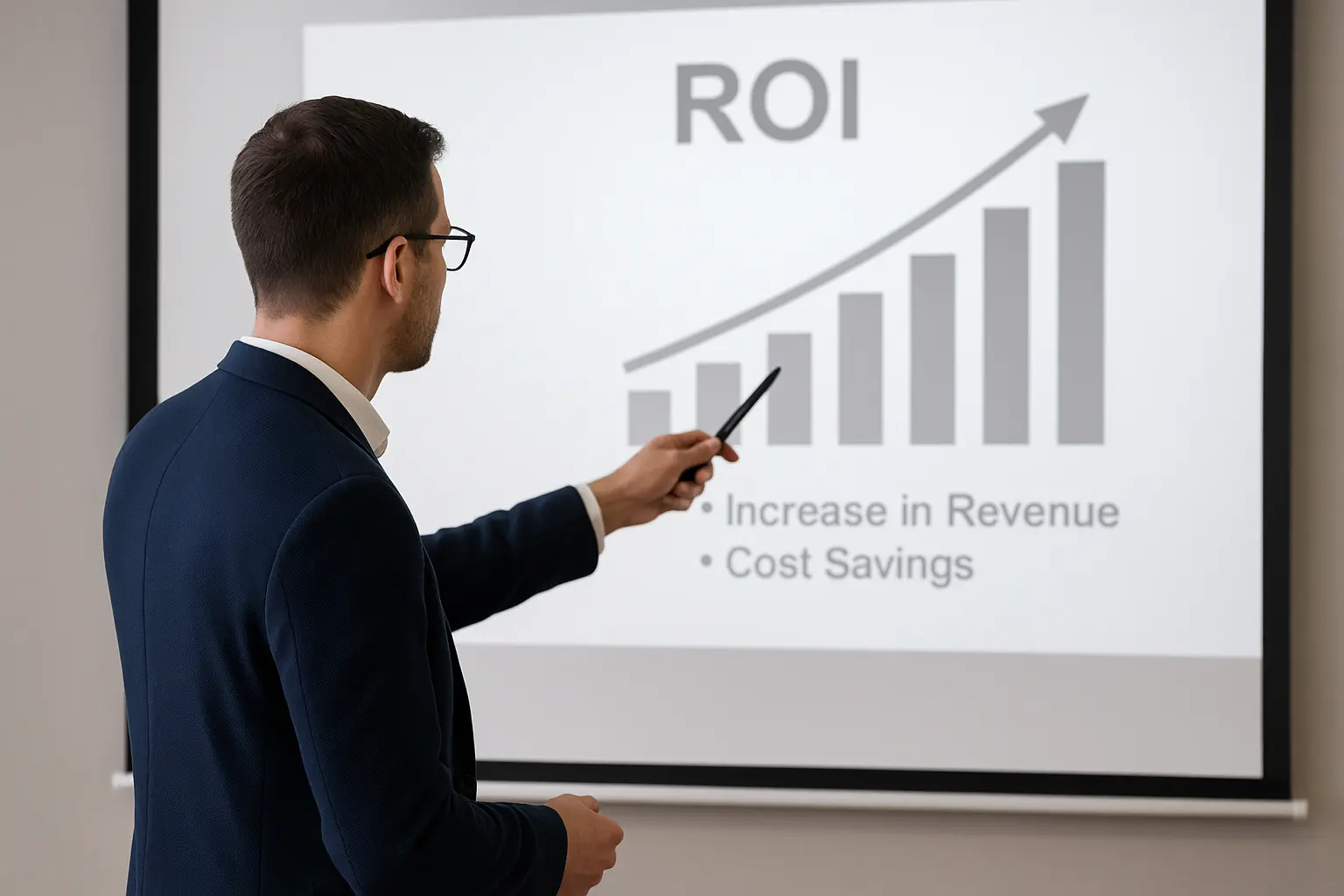And what if these hours were simply being misused (at least in part)?
One of the reasons for this is the lack of structure in the sales chain, which can lead to a loss of efficiency and sometimes significant hidden costs. At Kestio, we know all about this, as we had to face up to this problem ourselves, before making the necessary adjustments to optimize our sales process.
Here's how, and with what results.
1. What does it mean to "optimize your sales process" and why do it?
This means seeking the best cost/result ratio at every stage of your sales process, to achieve optimum performance!
There are at least 2 reasons to do so:
- The current economic context is an incentive to optimize the return on investment of each action implemented: tight market conditions, no "natural" growth and therefore a greater sales effort to be made, a trend towards lower sales prices and higher distribution costs... The companies that do best are those that manage to preserve their margins, and optimizing marketing costs contributes directly to this!
- Many companies still haven't really organized their sales function. Studies show that, on average, at least 40% of a salesperson's time is spent on "administrative tasks". 1. In other words, 40% of your sales payroll is not focused on what creates the most value, namely exchanges with prospects and customers! When you consider that sales people are (sometimes very) expensive, and difficult to recruit and retain, it's essential that they focus on their core business...
2. A real-life example of sales process optimization
Here's an example straight from our own experience at KESTIO, to illustrate how a seemingly innocuous activity can quickly become very costly if we don't take this approach to reducing its impact.
THE INITIAL CONTEXT :
- For some time now, Kestio has been operating with 3 sedentary sales reps in charge of appointments 1 (qualification of needs) with our prospects.
- Of all their telephone appointments, the rate of appointments "not honored" by them is around 20% (which is a good rate, compared with averages observed elsewhere).
- With 10 appointments scheduled per day per sales rep, this means a potential of 30 customers per week (2 per day x 3 sales reps x 5 days per week) to contact again, just to set up a new appointment...
- This represented (until we changed our process) 1 to 2 hours of work per week for each sales rep, or in total, for 3 sales reps, up to 24 hours per month (or 3 working days, therefore) devoted to a task with no added value!
When you know how much it costs to employ an experienced salesperson, and calculate what this simple expense item represents on an annual basis, it's a sobering thought...
THE SOLUTION IMPLEMENTED :
That's why we decided to set up an automated workflow system: a prospect who doesn't turn up for an appointment automatically receives an email proposing 3 new slots, and if necessary a reminder a few days later.
Today, this system enables us to reposition 80% of missed appointments, while the remaining 20% are the subject of a telephone call made by a specialized service provider.
The implementation of this simple workflow has enabled us to save several thousand euros a year, while creating better working conditions for our sales staff, who now devote most of their time to doing the job they love and are good at.
And this example is just one of the many elements on which you can act to benefit from a positive leverage effect!
To identify all the potential areas for improvement, we need to ask ourselves, for each action implemented, what is the right level of effort to produce in relation to the expected result and the potential generated.
3. How can you implement such an approach within your company?
To do this, start by reviewing each stage in your sales chain (prospecting, qualification, sales proposal, closing...) by analyzing the tasks attached to them in the light of this key question: "For the same result, what is the most efficient (fastest, least expensive...) way of carrying out this task?".
On this basis, you will be able to build an effective business system by applying this method:
- Identify potential areas for optimization. For example: sales staff time spent on administrative tasks.
- Share best practices within the team. For example, sharing a tool that gives prospects real-time access to the slots available in salespeople's diaries, without having to see the detailed content of their diary.
- Define an optimized process. For example: build an automated workflow to follow-up with prospects who have not been able to keep their telephone appointments (using the tool mentioned above).
- Test and improve the defined process. For example: improve the wording of the standard reminder e-mail. Please note: only one element of the process is modified at a time, so that the impact of each modification can be analyzed.
- Generalize and disseminate the optimized process to the whole team, for implementation and feedback (continuous improvement loop).
Proceeding in this way for your entire sales process will enable you to build an optimized sales operating model and thus reduce any losses linked to uncontrolled factors, ultimately improving your sales results.
Focus on high-impact, easily achievable points of improvement (in short, optimize the optimization process itself!) 😉
As you go along, you'll improve the efficiency of your entire sales chain, so you can spend more and less, while increasing the interest of the tasks entrusted to your teams!
Do you want to optimize your sales force's time? In this webinar, you'll learn how to target your sales force and use the right tools to increase your number of sales meetings per month by a factor of 2:
1: An IKO System study of salespeople's working hours in 2013 put the proportion of their time spent on what they called "non-sales" at 59%!





